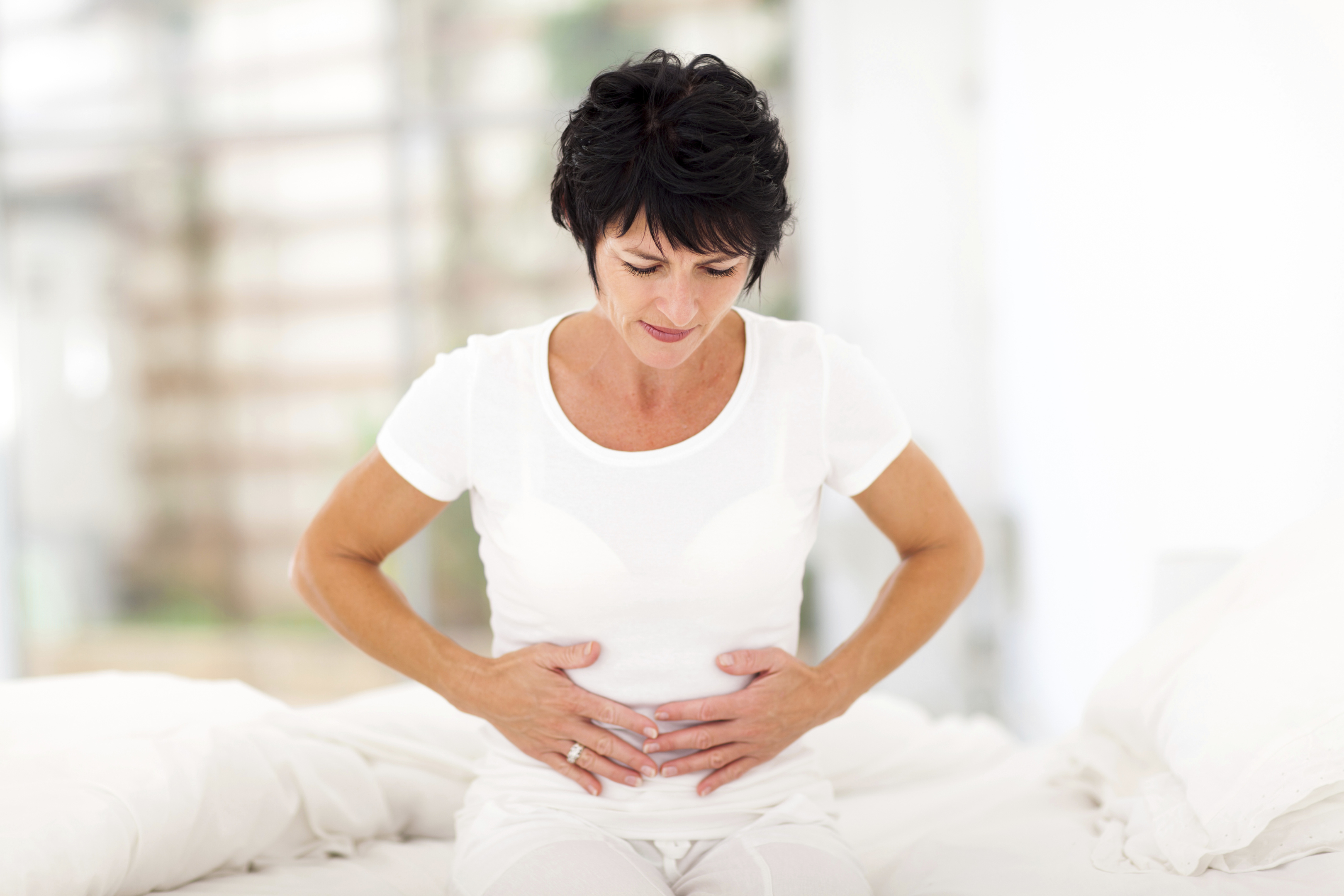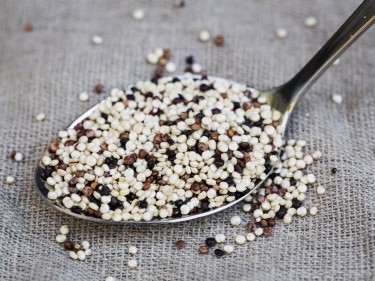According to research, most of us are failing on the fibre front. Emily Thornhill reveals why it’s important to take the roughage with the smooth
The 5-a-day rule for fruit and veg is one we’re all pretty familiar with, but do you give the same thought and consideration to how much fibre you’re eating?
Are you even aware of how much fibre is in your diet, and are you getting enough?
According to The Scientific Advisory Committee On Nutrition’s (SACN) recent Carbohydrate And Health report, on average, we’re only eating around 20g of fibre per day, which is 33% less than what the report is suggesting we should be getting on a daily basis (30g).
WHAT IS FIBRE?
Dietary fibre (once known as ’roughage’) refers to substances in plant foods which cannot be completely broken down by human digestive enzymes. Fibre provides a range of vitamins, minerals and starch.
There are two main types; soluble and insoluble. Soluble fibre sources include grains like oats, barley, rye; fruits such as bananas and apples; beans and pulses and some root vegetables.
Insoluble fibres can be found in high-fibre breakfast cereals; wholemeal breads, pasta and brown rice; vegetables with skins and nuts and seeds.
Not consuming enough fibre can be a particular problem for people with coeliac disease, who have to eat a gluten-free diet, as the majority of dietary fibre sources contain wholegrain and gluten. There are naturally gluten-free high-fibre foods, however. Examples include chickpeas, kidney beans and soya beans, lentils, peas, carrots, potatoes, asparagus, broccoli, peanuts, almonds, flax seeds, quinoa, brown rice, wild rice, buckwheat, cornmeal, oatmeal and millet.
HOW MUCH DO WE NEED?
According to research by Newcastle University, which was published in the British Journal of Nutrition, one in five of us (20%) aren’t eating any wholegrains at all (one of the major sources of fibre).
Four out of five (80%), meanwhile, aren’t consuming the three 16g servings per day that is currently recommended in the United States (there isn’t currently a wholegrain recommendation in the UK).
WHY SHOULD WE EAT IT?
Dietary fibre is thought to play an important role in digestive health, heart health, preventing Type 2 diabetes, as well as maintaining energy levels.
Insoluble fibres have been linked with acting as a ’bulking’ laxative agent, preventing constipation (when accompanied with increased fluid intake), while soluble fibres have been linked with helping reduce cholesterol levels and reducing hunger, by promoting a sense of fullness and controlling energy balance, which could play a role in maintaining a healthy weight.
However, the SACN report and the British Journal of Nutrition suggests that a diet low in fibre is linked with diverticulitis (where the bowel wall becomes inflamed and damaged) as well as bowel (colo-rectal) cancer and metabolic disease.
THREE SIGNS YOU’RE NOT GETTING ENOUGH FIBRE:
If you’re not going to the toilet at least once a day, your diet is probably lacking in fibre. If you are also constipated and have hard, dry stools, this can also lead to haemorrhoids, where the veins swell around the rectum and anus from pushing or straining a bowel movement. This is a clear sign of lacking fibre from your diet.
Studies also show that soluble fibre bonds to dietary cholesterol, helping remove it from your system. Without fibre, cholesterol has no way of removing itself, resulting in high cholesterol.
If you’re feeling too hungry too soon after eating a meal (after about 45 minutes), it probably means that you didn’t eat enough fibre in the first place, as fibre is directly linked to feeling fuller for longer. Make sure you balance your meals with high-fibre foods to help keep you feeling full.

